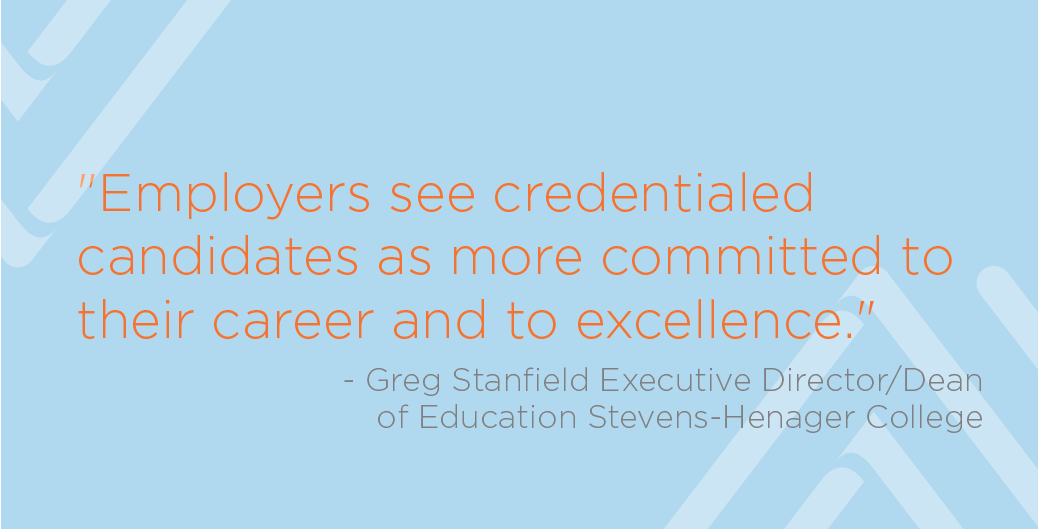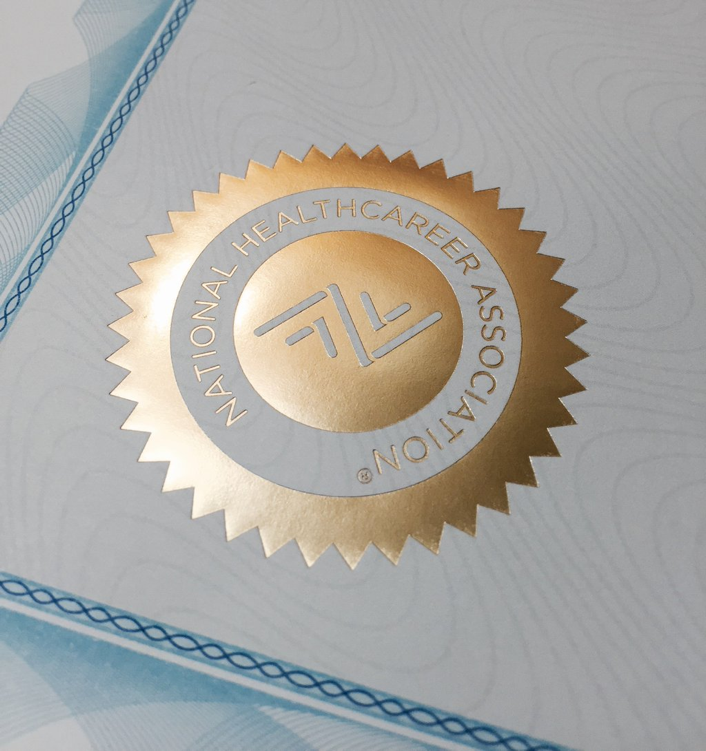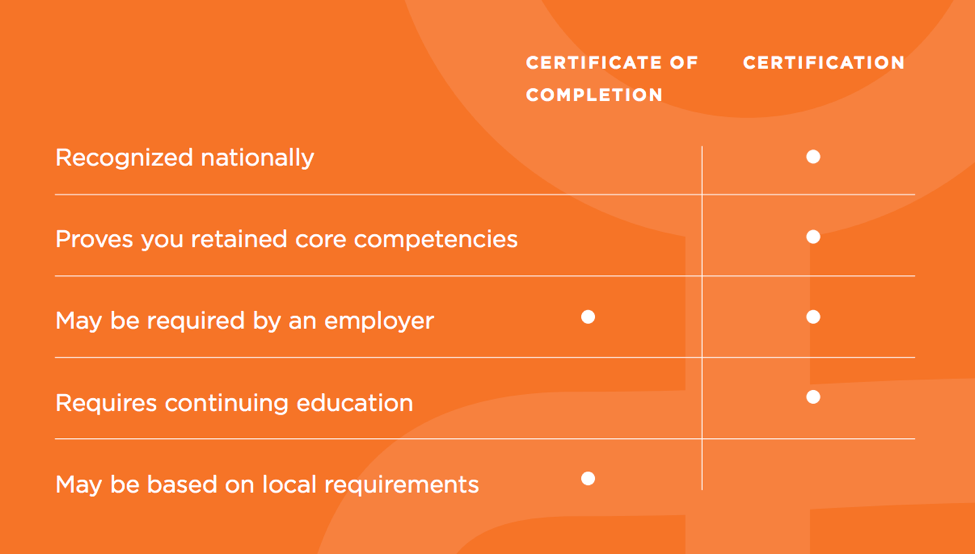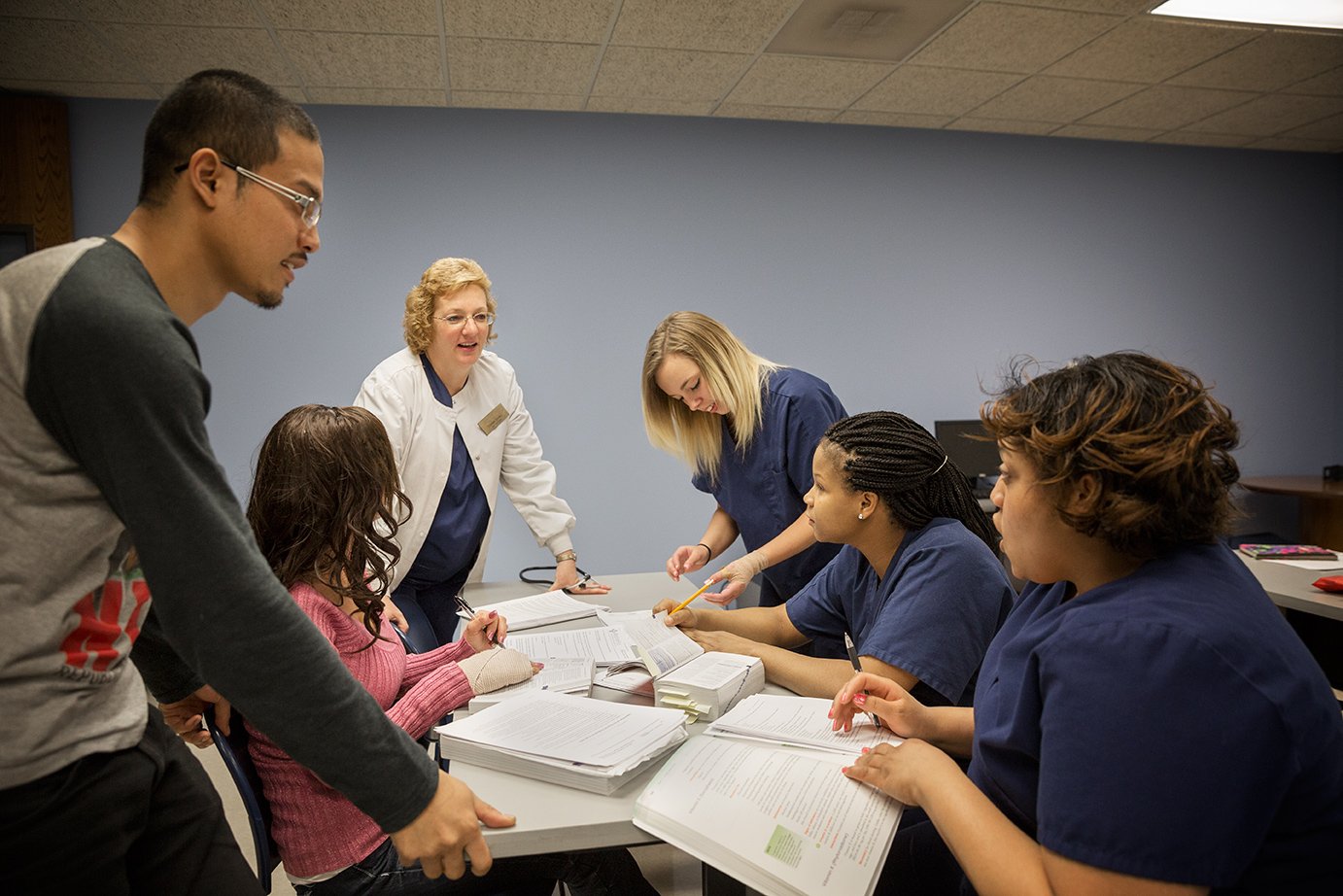So you’ve decided to invest in your future and get certified. Congratulations! Now what?
You know that feeling when you open a textbook and the words start to blend together? You aren’t sure what to focus on and before you know it hours have passed and you haven’t made any progress.
We’ve all been there. But when you’re preparing for an National Healthcareer Association exam, there’s a better way. Without further ado, here’s our No. 1 tip for preparing for your certification exam:
Study the right material.
You’ve studied and prepared as much as you could. Your ready to start your healthcare career. Now the day has arrived — it’s time to take your NHA certification exam.
You made a decision that can change your life. You trained. You studied. You prepared. You took the exam. Now what?
You’re thinking about making a career change. Or you’re already in allied health and you want to further your career. You consider getting certified as a CCMA, CET, CBCS, CPT, CEHRS, CPCT/A, CMAA, CPhT …
The healthcare industry is undergoing major shifts, and it’s affecting patients and healthcare workers alike.
“We knew our care team was feeling overwhelmed with the amount of work that needed to be accomplished on a daily basis,” says Lindsay Gainer, Director of Clinical Services and Innovation at North Shore Physician Group. “Additionally, patients were also impacted by long wait times and decreased level of service. We wanted to deliver care in a new and more efficient way, and we knew we needed to make big changes to accomplish that goal.”
Whether you’re already in an allied health field and are looking for your next step … or you just earned your credential and are searching for your first allied health job, the task can seem daunting. Where do you begin? How do you know where to look? How do you know what they’re looking for? Here are a few tips, specifically for the allied health field, to help you on your job search.
Do you find yourself dreaming about a different career? It’s normal to envision a different life — but how can we tell when it’s time to act on those dreams?
If you’re looking to embark on an allied health career, you’ve likely researched education and training options. There are hundreds of specialized training programs and career colleges that can help you learn the knowledge and skills you need to succeed as an allied health professional, whether you’re looking to become a medical assistant, pharmacy technician, phlebotomist or any other allied health professional.










